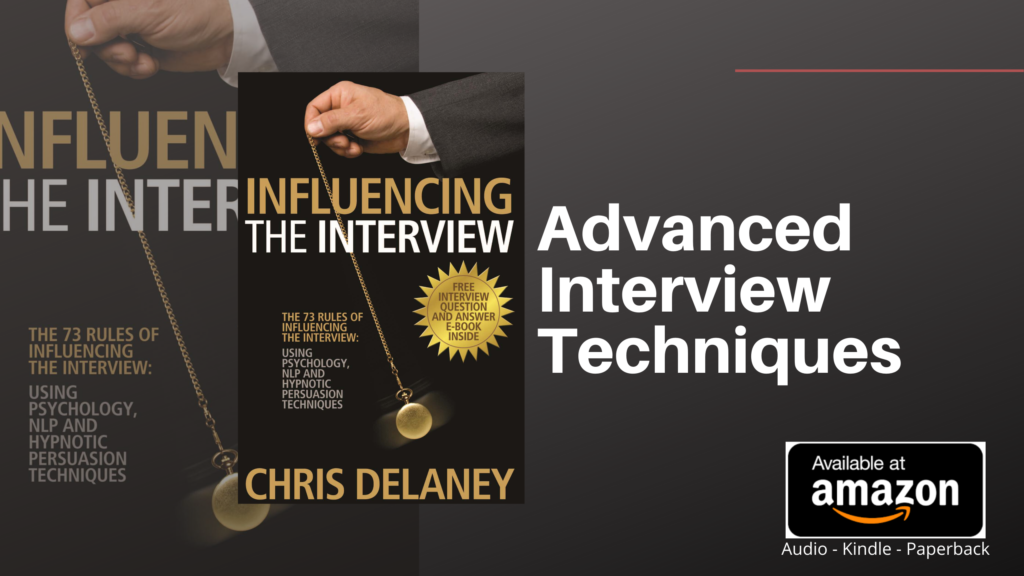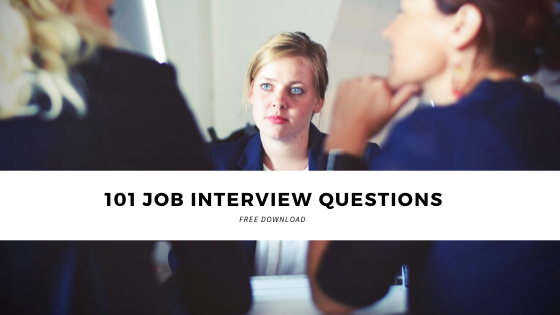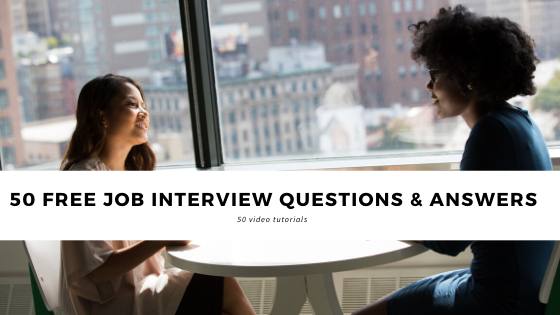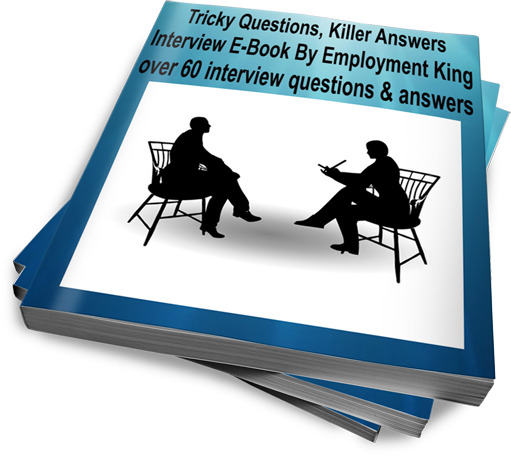There is a ton of advice about ‘how to standout in a job interview’ all of which is rubbish!
Why?
Generally speaking, the advice given is all the same:
- Arrive early
- Research the company
- Prepare your answers in advance
- Focus on body language
- Dress to impress
The reason why these generic tips won’t make you memorable is that all job hunters should be doing these things already!
If your not, this is one reason you are failing in the job interview.
This advice is so obvious, it hurts! It’s the same stupid logic as a baking teacher telling you that a tip to bake a really good cake is to use flour!!
What makes people stand out, isn’t doing the same thing as everyone else but doing something different.
“Be unique, be an individual, be memorable.”
What will grab the employers attention?
3 things that stick out in an employers mind are:
- Positive or negative emotional association with the interviewee
- An above then average knowledge base on a sector niche
- Weird unacceptable behaviour
Cover the basics
So, the basics are in the bag; from analysing the job spec, you have listed a potential 10 questions, prepared high-scoring answers and plan to arrive early while wearing a killer outfit.
You’re all set.
You may have even gone so far as to check if the interview is online or face-to-face and change your preparation to meet the style of the job interview.
Next you need to find out how to stand out.
Don’t be memorable for the wrong reasons
Some applicants are memorable, but not in a good way.
To stand out, interviewees might use the peacocking technique.
Peacocking is when a person wears flamboyant clothing to get noticed. The outrageous of the outfit creates interest, just as a peacock showing its brightly colored jewel-toned feathers attracts a mate.
In the real-world, the fashion choice maybe a feather bower, bright and large hat or a sequin suit, items designed to stand out.
For a job interview, the peacocker may tone this down but still wear stylish and brightly coloured outfits.
Maybe these fashion gods are on to a secret, as some psychology research explains how different colours can manipulate an employer’s opinion of a candidate. And much research suggest that the ‘what is beautiful is good‘ bias positively effects the job interview outcome.
But these icons of fashion do have to be careful as an interviewee needs the focus to be on their interview answers, not their interview outfits.
Rude behaviour is another unacceptable way to act in a job interview.
Even though negative behavior makes an interviewee highly memorable, they are remembered for all the wrong reasons.
What is viewed as rude behavior?
- Not making small talk with the interviewer
- Purposely trying to our smart the interviewer
- Ignoring one of the interview panel members
- Annoying or inappropriate laughter
- Clock watching or looking board

There are many ways to come across as rude in a job interview. What is interesting is that some research highlights how interviewees don’t often realise they are actually being rude.
Argumentative angers the interviewer.
Some highly confident and experienced applicants, the egocentric interviewee, will often argue with an employer, believing they can win over an interviewer with their gift of the gab.
Some will even go as far as ignoring blatant evidence that proves the interviewer is correct and what they are saying is wrong.
Employers, especially for high-salary roles, are looking for an applicant who can hold their own, someone who isn’t afraid to stand up for themselves, and someone with a vast knowledge base that can debate technical subjects, but no employer wants to hire an argumentative know it all.
Creating positive memorable impressions
So, we know what doesn’t work, but what steps can an interviewee take to create that all-important positive impression?
The first is an emotional connection.
Much research has shown how affinity increases rapport. Having commonality creates liking, this in itself is memorable.
To be one of the few candidates that the employer remembers at the end of a long day of interviewing, an applicant who knows that they have something in common with the interviewer (attended the same high school, both previously have worked in the same organisation, or have similar backgrounds), can create a conversation.
‘Hi X, thank you for inviting me to be interviewed. I think we have both worked at the same organisation’
The ambiguity of the statement ‘the same organisation’ creates intrigue, leading to an automatic reply:
‘really, which company was that?’
Leading to a detailed conversation.
Frame the Focus
The goal, when being interviewed, is to get the employer to focus on how your strengths and experiences are relevant to the advertised job role.
To frame the employers focus on an interviewees suitability, the applicant can ask questions at two key points during the interview process; the interview start and close.
Once invited into the interview room, the interviewer will make small talk. During the small talk the applicant can help to steer the interviewers focus by saying:
‘I was really glad to receive the interview offer as I have admired this company for a long time. Can I ask, what was it about my application that made you want to interview me?’
This question makes the interviewer focus on what they initially liked about the applicant, creating a positive association, increasing liking.

Marketers use the same psychology to create likeability with brand names. Why do you repeatedly use the same brand of washing powder? Because the advertisements you see create an emotional likeability factor.
At the interview end, the same technique can be employed during the section when an applicant can ask the employer a question(s):
‘After hearing about my extensive experience how do you see me fitting into the team?’
This question moves the thought process to a future-orientated focus; seeing the applicant working within the team.
Emotional Stories
Stories move people. This is why the publishing and the film industry is so lucrative.
In the job interview, storytelling can be employed to create memorability through an emotional roller-coaster.
When asked an interview question, such as ‘give me an example of effective communication’ a common approach, often due to a nervous interviewee, is to randomly list relevant information:
‘I have to communicate on a regular basis, I communicate internally and externally, with various stakeholders, to peers and colleagues. I communicate on the phone, by email, face to face. I understand the importance of listening, repeating directions and checking other people’s communication.’
The ‘list’ technique does cover a wide range of criteria but doesn’t create an emotional memory.
It’s the emotional connections that create lasting memories and scores high on the interview scorecard.
Instead of ‘listing’ tell a story. In storytelling, the applicant will naturally set the scene, talking about the problem they were facing.
In this story, the interviewee is the hero. By focusing on the hero’s actions, the interviewer becomes an advocate for the applicant, wanting them to win. Just as an audience supports the main character in a film.
The story ends, as with all stories, with a positive conclusion.

Authority equals likeability
Successful job applicants, for high paying jobs, are viewed as experts.
An applicant who seen as being an ‘authority’ on a subject is desirable and memorable as an employer can clearly see the value of employing this expert.
To be seen as an expert:
- Use industry jargon
- Break interview answers down into step-by step process
- Embed sector models and theories into the interview answer
Highly experience sector professionals natural language is industry-focused. A less experienced applicant can be seen as having more experience and expertise than they do by employing these three simple techniques; jargon, processes, and sector models.









